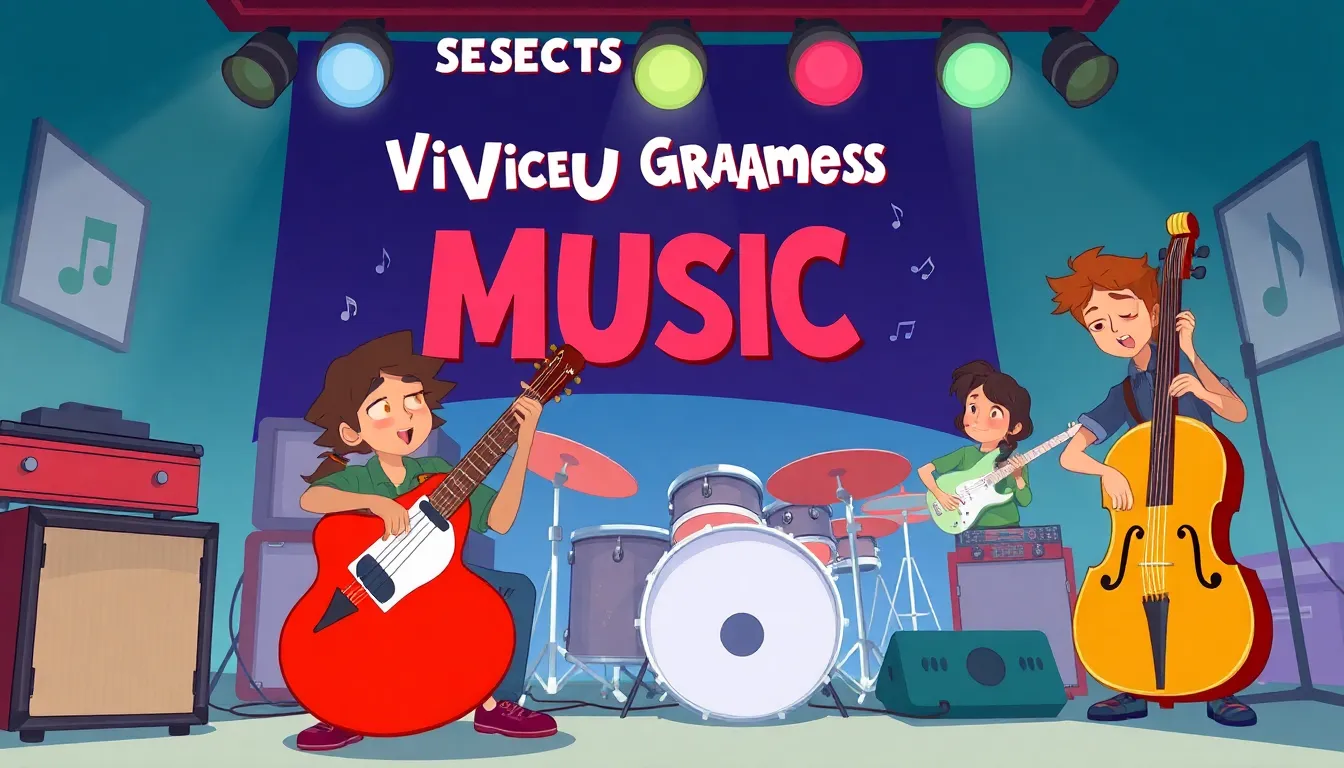
🎮 the Secret Power of Video Game Music
Introduction
Have you ever felt a rush of excitement when the Theme of your favorite game starts playing? Or felt a chill when a spooky tune begins? Video game music isn’t just background noise – it’s a clever tool that helps tell the story, guide the player, and make the game Immersive (so you feel like you’re really inside the world). Let’s explore how these catchy tunes are made and why they matter!
1. How Game Music Sets the Mood
- Melody – the main tune you can hum. In Super Mario Bros., the bright, bouncy melody tells us we’re in a happy, adventurous place.
- Rhythm – the beat that makes you tap your foot. Fast rhythms in racing games (like Mario Kart) make you feel speed.
- Harmony – the layers of sound that sit behind the melody. Dark, low‑pitched harmonies in The Legend of Zelda create mystery.
Cause & Effect: When a game’s music changes from calm to intense, your heart beats faster. That’s because the brain links fast music with danger, helping you stay alert for enemies or obstacles.
Did You Know? The first video game with music, Space Invaders (1978), used only four simple tones, but the rapid “ding‑ding‑ding” made players feel nervous as the aliens got closer.
2. Music That Reacts to Your Actions
Modern games use Adaptive Music – the soundtrack changes depending on what you do.
- Exploration: In Minecraft, gentle piano notes play while you build, but when a Creeper appears, the music suddenly becomes sharp and urgent.
- Victory & Failure: Winning a level often triggers a triumphant fanfare, while losing might bring a soft, descending chord that signals “try again.”
Cause & Effect: By linking sound to success or danger, the game gives you instant feedback, so you know whether you’re doing well without looking at the screen.
Did You Know? Some games even use Silence as a tool. In horror titles like Inside, the quiet moments make the sudden scream feel even scarier!
3. Where Does the Music Come From?
- Composers write the music, using instruments (like piano, strings, or synthesizers) or computer programs.
- Sound Designers add special effects, such as the “whoosh” when you jump or the “ding” of a collected coin.
- Audio Engines are the software that sync the music to the game’s events in real time.
Vocabulary Boost:
- Synthesizer – an electronic instrument that creates many different sounds.
- Loop – a short piece of music that repeats seamlessly, perfect for background tracks.
Did You Know? The iconic Super Mario theme was composed in just 30 minutes using a simple synthesizer!
4. Mini Experiment: Make Your Own Game Music 🎵
What You Need:
- Two containers (one large, one small) – these become drums.
- A keyboard or a xylophone (or any set of keys).
Steps:
- Set A Scene in your imagination (e.g., exploring a jungle).
- Create A Rhythm with the containers – tap a steady beat for walking.
- Add A Melody on the keyboard for the “mystery” you discover.
- Change The Music: When you pretend to find a hidden treasure, speed up the rhythm and play a higher note. When you imagine a monster appears, stop the beat and play a low, wobbling tone.
What You’ll Learn: How changing rhythm and